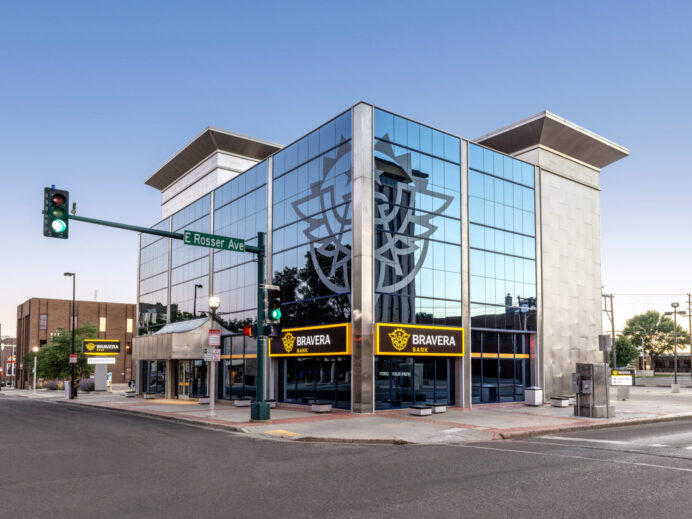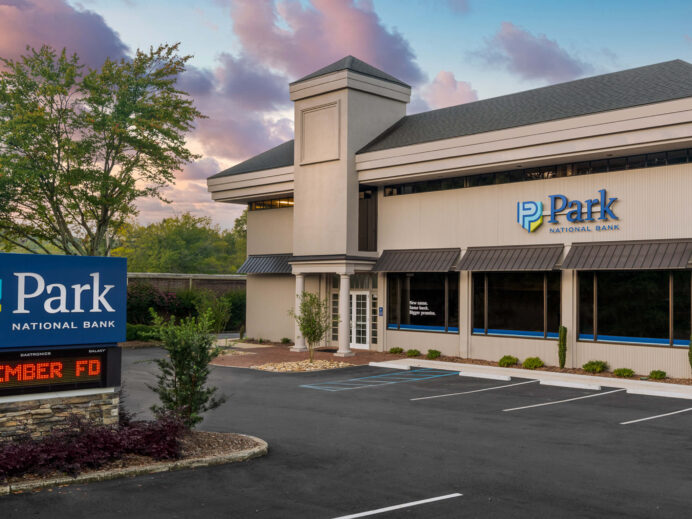In our last Insights piece “Formats for Efficiency,” we addressed banking’s efforts to rightsize their retail locations throughout their branch networks and how The Network Effect is empowering banks to leverage perceived presence. Focusing on a balance of experience and efficiency, we know that banks are deploying hub-and-spoke multi-format networks to make the most of their physical footprint. But beyond one branch format, how are banks determining what actions to take across their branch networks to maximize market potential and ROI? It’s not merely new branch openings, after all.
Range of Options
Within markets, banks have a series of steps they can take when optimizing their networks including refreshing and reconfiguring the space of an existing branch. Refreshing takes an older location and brings it up-to-date. Reconfiguring goes beyond cosmetic touches to give the space new functionality. With reconfiguration, banks may find that they need to downsize the branch footprint because they have empty teller stations they no longer need for branch activities, for example. With reconfiguration, banks often don’t require as much usable space within the branch for their day-to-day use.
Another option is aligning business functions with market potential. This is called LOB – line of business – reorientation. It includes narrowing services to create a specialty branch focusing on particular service sets or broadening offerings where a specialty branch had been operating. These LOB reorientations mean that the current focus of the branch is no longer in alignment with market demand. This widening or narrowing of focus maximizes potential within the market by targeting banking services – like commercial lending, small business banking or wealth management – to attract more business.
Sometimes banks have the right market but the wrong location within it. When banks have to spend more money updating a branch site than it’s worth, have a location that’s difficult to get to or find that reducing the square footage is not going to reduce costs enough, relocation may be a bank’s best option. Lastly, some locations may need to close. Projecting attrition and loss of customers must be considered when modeling what shuttering a branch will mean for the bank. With closure, however, banks don’t want to just lose those customers, they’ll want to identify and plan for a receiver branch.
Market Opportunities
We’ve addressed the range of options available to banks – from reconfiguration all the way to closure – but how are they making those decisions? While most banks know about their own branch performance, most are unaware of each branch’s market opportunity. To assess a branch’s fair share market demand, begin by defining branch trade areas – known as submarkets. These are distinct, non-replicated geographic areas that are drawn based on population density. With submarkets, an urban area might have a radius of a mile and a rural area might have a radius of five miles.
Each submarket is then analyzed by attributes important to the bank. These include demographics of the consumers, the businesses in the area, the local economics, customer profiles and personas, and the competitive density of the submarket. All of that information is used to determine present-day customer expansion opportunities. This current snapshot includes the number of households within the submarket, representing the entire universe of today’s prospective customers. But potential extends beyond just that current state.
Scaled over the projected growth rate of the geographic area, demand is calculated over five years with growing submarkets indexing the highest. Over that five year span, total future households is divided between stable households – meaning people that are happy with their financial provider – and turnover households – meaning people that are likely to change – to determine what a bank’s expectation of their “fair share” would be. This fair share is the proportion of business a bank may or may not be getting within the market.
In our next installment in the branch optimization and return-on-investment series, we will look at the fair share gap and how to prioritize actions within the branch network based on market opportunity and performance. To speak with one of our banking experience experts or request a copy of our white paper on branch optimization and transformation, contact us at info@adrenalinex.com.







